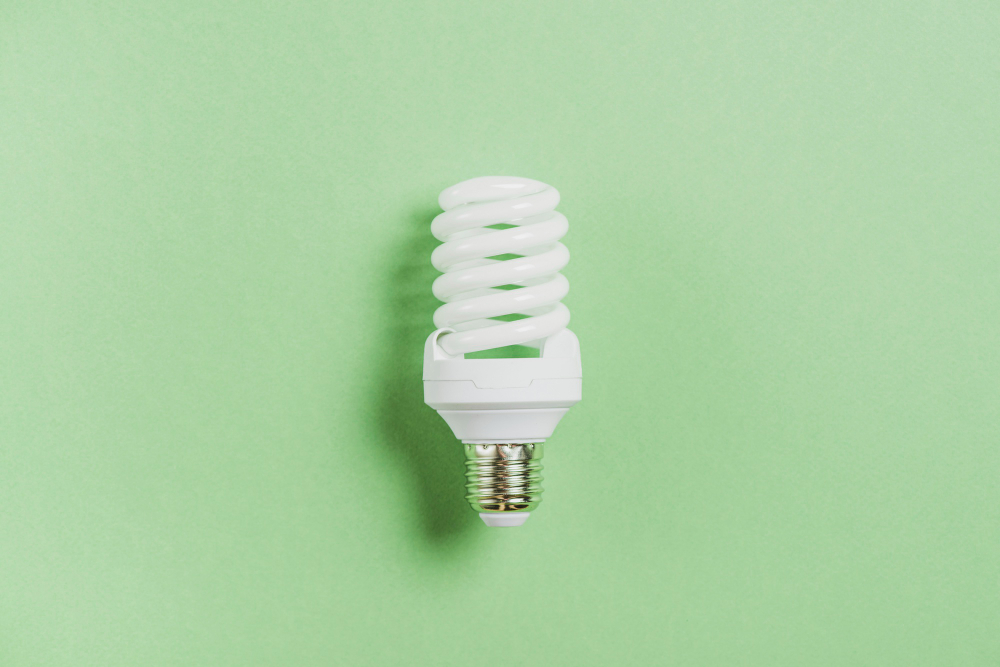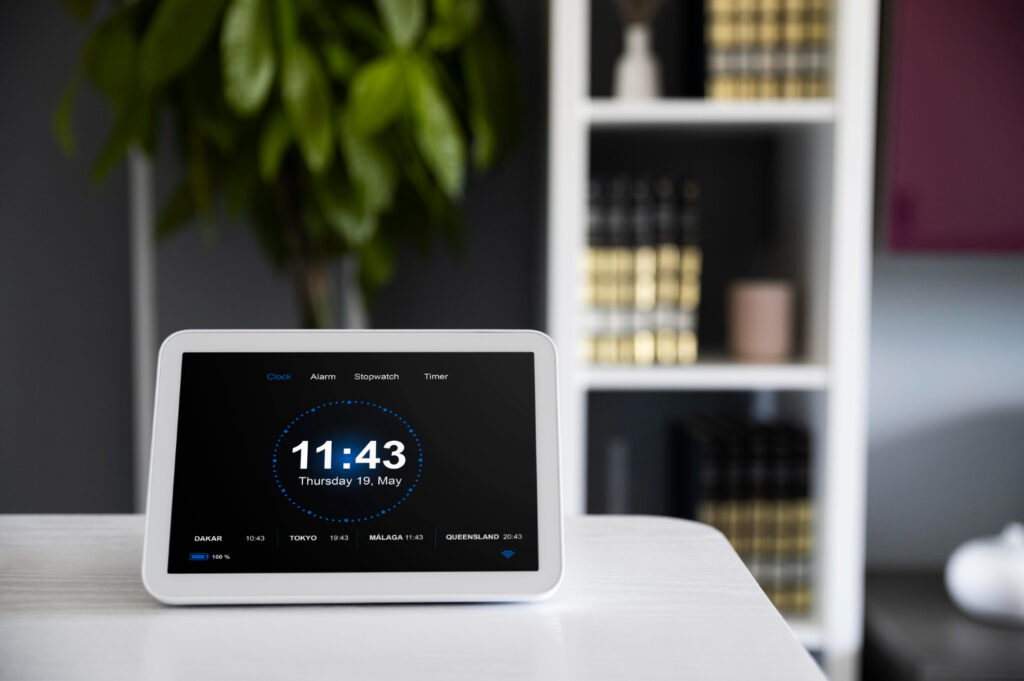Smart vs Regular Bulbs: Is the Upgrade Worth It?

Introduction
The debate between smart bulbs and regular bulbs has become one of the most discussed topics in home improvement. As smart home technology continues to advance, homeowners are asking: Are smart bulbs really worth the upgrade, or are traditional bulbs still the better choice?
In 2025, lighting has evolved beyond simple illumination. Smart bulbs bring automation, color control, and energy savings to your fingertips. But do they justify their higher cost compared to regular LED bulbs?
In this complete guide, we’ll explore the differences between smart bulbs and regular bulbs, comparing performance, energy use, price, and convenience — so you can decide if making the switch is right for your home.
What Are Smart Bulbs?
Smart bulbs are LED lights equipped with built-in wireless technology, allowing you to control them remotely through a smartphone app, voice assistant, or smart home hub.
Key Features of Smart Bulbs
- Remote Control: Turn lights on/off or adjust brightness using an app.
- Color Customization: Choose from millions of colors and white tones.
- Scheduling: Automate lights to follow your daily routines.
- Voice Commands: Integrate with Alexa, Google Assistant, or Siri.
- Energy Efficiency: Smart LEDs consume less power and last longer.
- Automation & Scenes: Create moods like “Movie Night” or “Reading Mode.”
Smart bulbs can connect via Wi-Fi, Bluetooth, or smart home protocols such as Zigbee or Matter, offering flexibility for different setups.
What Are Regular Bulbs?
Regular bulbs — including incandescent, CFL (compact fluorescent), and LED bulbs — are the traditional lighting options found in most homes.
They turn on and off via a wall switch and require no internet connection or software. While newer LED bulbs are more efficient than older incandescent ones, they lack the intelligent features of smart lighting systems.
Main Features of Regular Bulbs
- Easy to install and use.
- Low initial cost.
- Available in a variety of shapes and brightness levels.
- Dependable and long-lasting (especially LED versions).
Smart Bulbs vs Regular Bulbs: A Detailed Comparison
Let’s break down the key differences between smart bulbs and regular bulbs in terms of cost, performance, lifespan, and features.
1. Installation and Setup
- Smart Bulbs:
Easy to install — screw in the bulb and connect it via an app or voice assistant. Requires Wi-Fi or a hub, depending on the brand. - Regular Bulbs:
Plug and play — just screw it in and flip the switch. No app, no Wi-Fi, no setup.
Verdict: Regular bulbs win for simplicity, but smart bulbs offer far greater flexibility once installed.
2. Control and Convenience
- Smart Bulbs:
Control brightness, color, and schedules remotely. You can even turn lights off while away from home. - Regular Bulbs:
Can only be controlled via the wall switch — no automation or remote access.
Verdict: Smart bulbs are superior for convenience and automation.
3. Energy Efficiency and Lifespan
Both smart and regular LED bulbs are energy-efficient, but smart bulbs often include power-saving modes and adaptive brightness to further reduce energy waste.
| Type | Average Lifespan | Energy Use |
|---|---|---|
| Regular LED | 15,000–25,000 hours | ~8–10W |
| Smart LED | 20,000–25,000 hours | ~9–11W (slightly higher due to Wi-Fi) |
Verdict: Nearly equal, but smart bulbs offer more energy control through automation.
4. Cost and Value
- Regular Bulbs: $1–$5 per bulb.
- Smart Bulbs: $10–$50 per bulb depending on brand and features.
Smart bulbs are more expensive upfront, but long-term savings come from reduced energy use and better lifespan management.
Verdict: Regular bulbs win on price, smart bulbs win on value.
5. Customization and Ambiance
This is where smart bulbs truly shine. They allow you to set the mood for any activity — from a warm dinner ambiance to vibrant party lighting.
Example:
- Warm white (2700K) for cozy nights.
- Cool daylight (5000K) for working.
- RGB colors for fun or festive moods.
Regular bulbs can’t match this level of personalization.
Verdict: Smart bulbs completely redefine home ambiance.
6. Integration and Compatibility
- Smart Bulbs:
Can integrate with smart home systems like Google Home, Amazon Alexa, Apple HomeKit, and the new Matter standard for cross-platform use. - Regular Bulbs:
No compatibility or integration — standalone only.
Verdict: Smart bulbs lead in connectivity and smart home synergy.
7. Security and Privacy
Smart bulbs that connect to Wi-Fi come with minor privacy risks if not updated or secured properly. However, leading brands like Philips Hue and TP-Link Kasa provide strong encryption and regular firmware updates.
Verdict: Regular bulbs are inherently safer due to no connectivity, but smart bulbs are secure when properly configured.
Top Smart Bulb Brands in 2025
If you decide to upgrade, here are the top-performing smart bulb brands to consider:
- Philips Hue – Industry leader with seamless ecosystem and Matter compatibility.
- Nanoleaf – Stylish, energy-efficient, and modern.
- Govee – Affordable RGB lighting with fun app effects.
- LIFX – Brilliant colors and no hub required.
- TP-Link Kasa Smart – Budget-friendly, reliable options.
For detailed reviews and comparisons, check out TechRadar’s Smart Bulb Guide.
How to Know If Smart Bulbs Are Right for You
Ask yourself:
- Do I want to control lights remotely or by voice?
- Would I benefit from scheduling or automation?
- Am I interested in energy monitoring or color control?
- Do I already own a smart home device (Alexa, Google, etc.)?
If you answered yes to most of these, upgrading to smart bulbs will bring tangible benefits.
If you prefer simplicity and minimal tech involvement, regular LED bulbs are still an excellent, efficient choice.
Real-Life Examples of Smart Lighting Advantages
- Automatic Morning Light: Smart bulbs can simulate sunrise to help you wake up naturally.
- Energy Saving While Away: Schedule lights to turn off when you leave home.
- Mood Scenes: Instantly switch from “Focus” to “Relax” with one command.
- Security Lighting: Create the illusion of occupancy when traveling.
Example: With a smart bulb system, you can say, “Alexa, turn on movie mode,” and your living room instantly shifts to soft amber tones with dimmed brightness.
Smart Bulbs: The Future of Home Lighting
The global smart lighting market is expected to exceed $40 billion by 2030, according to industry reports. This growth highlights a major trend toward intelligent, energy-saving, and customizable home solutions.
As prices continue to drop and compatibility improves, smart bulbs will soon become the new standard for home lighting — much like how LED bulbs replaced incandescent lights years ago.
Conclusion
So, are smart bulbs worth it?
Absolutely — if you value convenience, customization, and energy control.
While regular bulbs remain a practical and affordable option, smart bulbs transform your home into a connected, responsive, and comfortable space. The initial investment pays off through efficiency, flexibility, and modern comfort.
If you’re ready to explore more smart home upgrades, check out our latest guides at Smart LED Lighting: Transform Your Home Now for expert insights and product recommendations.
FAQs
1. Do smart bulbs use more electricity than regular LEDs?
Smart bulbs consume slightly more power in standby mode but overall are just as efficient — especially with automation and dimming features.
2. Can I mix smart and regular bulbs in the same home?
Yes, but it’s best to keep smart bulbs in main areas where control and automation matter most.
3. What happens if my Wi-Fi goes down?
Most smart bulbs still work manually via the wall switch. Some Bluetooth models can be controlled locally through your phone without internet access.


